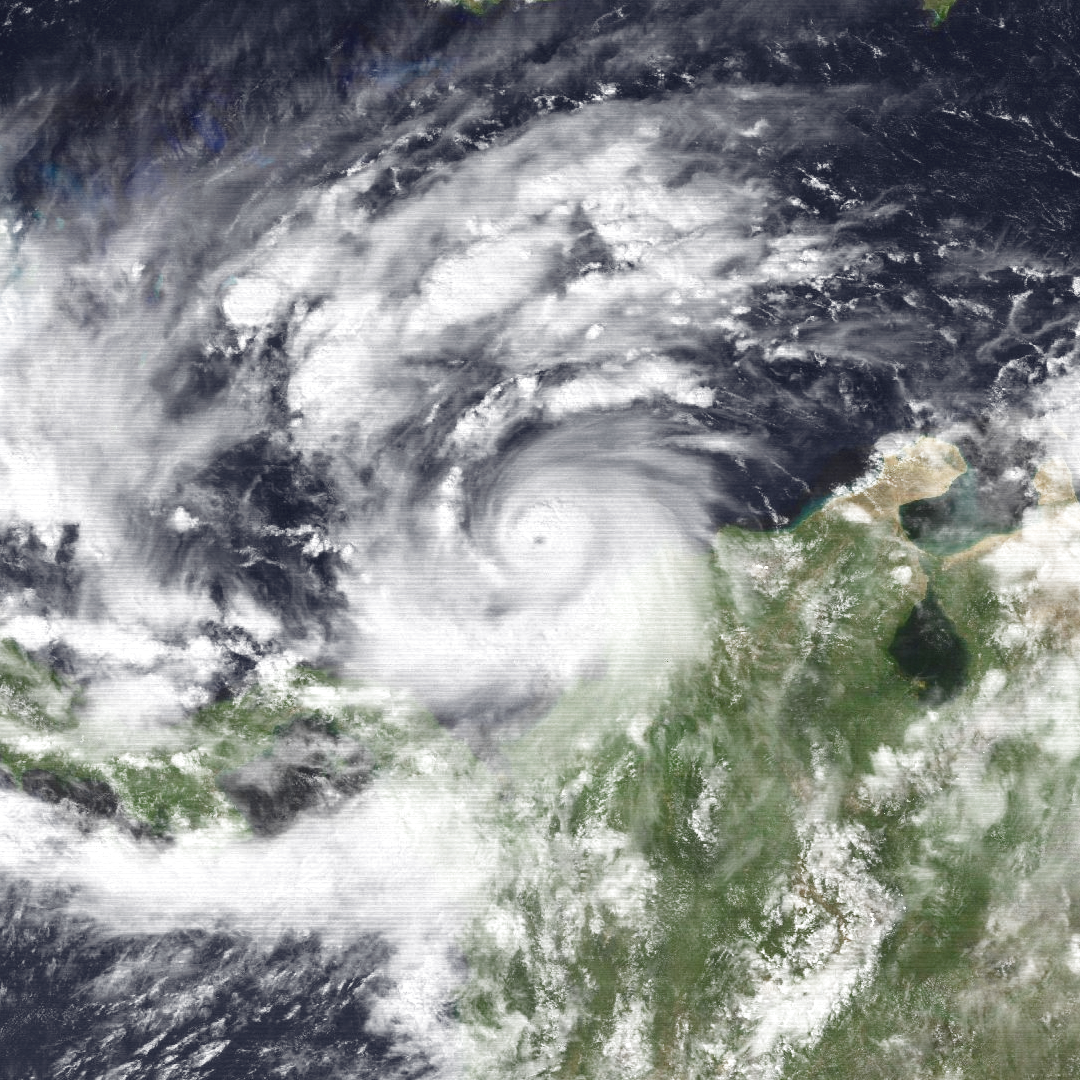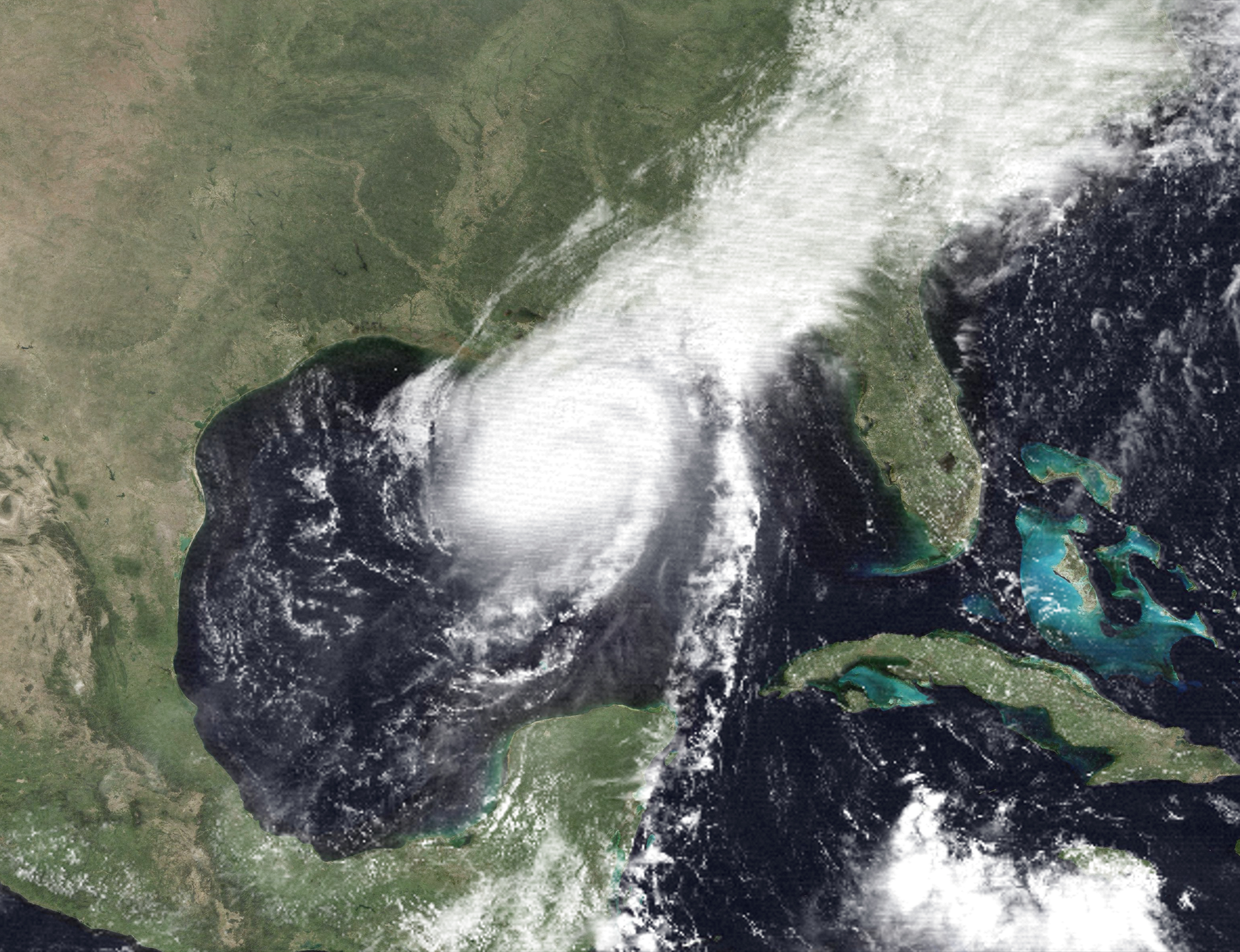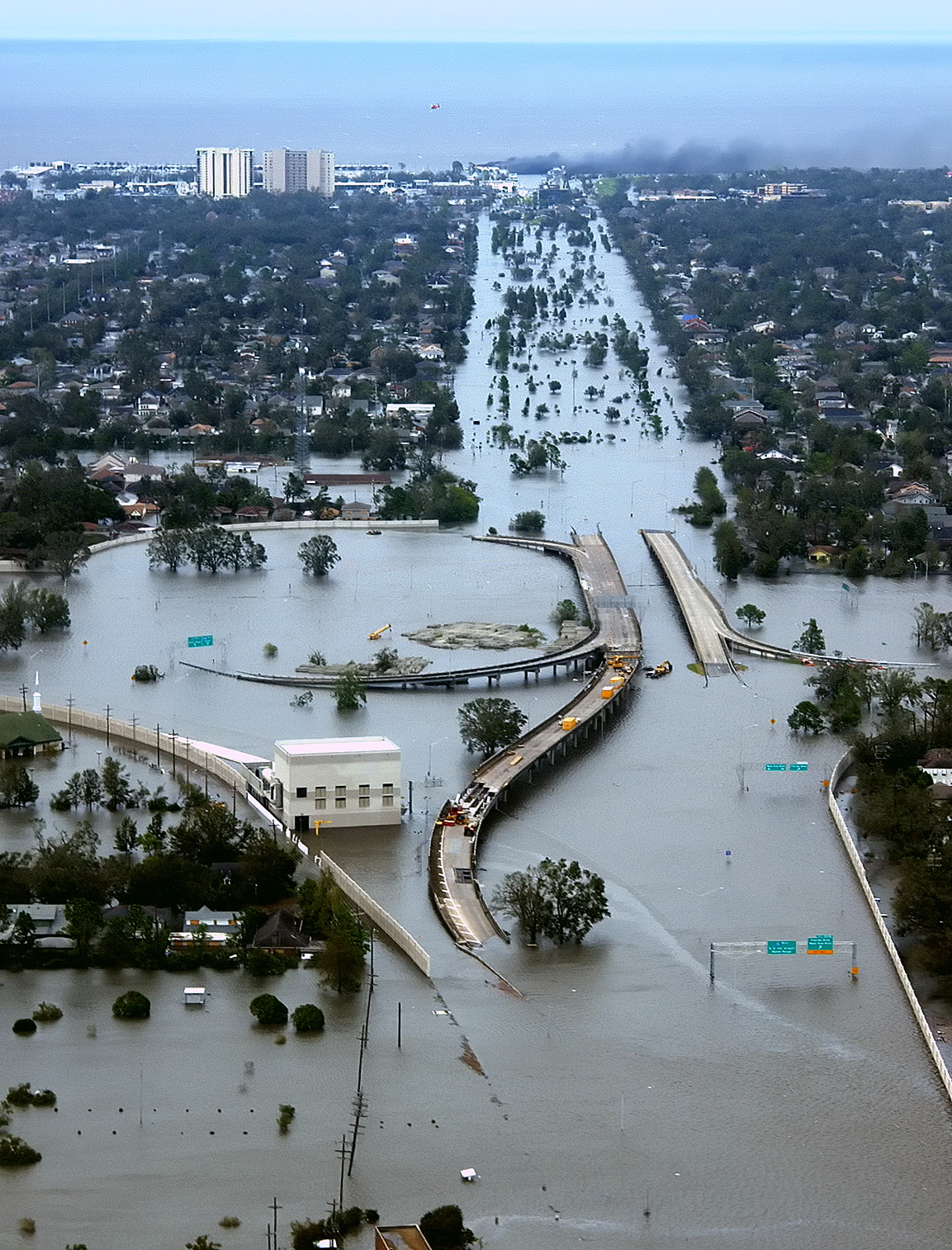|
Tropical Depression Ten (1988)
The 1988 Atlantic hurricane season was a near average season that proved costly and deadly, with 15 tropical cyclones directly affecting land. The season officially began on June 1, 1988, and lasted until November 30, 1988, although activity began on May 30 when a tropical depression developed in the Caribbean. The June through November dates conventionally delimit the period of each year when most tropical cyclones form in the Atlantic basin. The first cyclone to attain tropical storm status was Alberto on August 8, nearly a month later than usual. The final storm of the year, Tropical Storm Keith, became extratropical on November 24. The season produced 19 tropical depressions of which 12 attained tropical storm status. One tropical storm was operationally classified as a tropical depression but was reclassified in post-analysis. Five tropical cyclones reached hurricane status of which three became major hurricanes reaching Category 3 on the Saff ... [...More Info...] [...Related Items...] OR: [Wikipedia] [Google] [Baidu] |
Hurricane Gilbert
Hurricane Gilbert was the second most intense tropical cyclone on record in the Atlantic basin in terms of barometric pressure, only behind Hurricane Wilma in 2005. An extremely powerful tropical cyclone that formed during the 1988 Atlantic hurricane season, Gilbert peaked as a Category 5 strength hurricane that brought widespread destruction to the Caribbean and the Gulf of Mexico, and is tied with 1969's Hurricane Camille as the second-most intense tropical cyclone to make landfall in the Atlantic Ocean. Gilbert was also one of the largest tropical cyclones ever observed in the Atlantic basin. At one point, its tropical storm-force winds measured in diameter. In addition, Gilbert was the most intense tropical cyclone in recorded history to strike Mexico. The seventh named storm and third hurricane of the 1988 Atlantic hurricane season, Gilbert developed from a tropical wave on September 8 while located 400 mi (640 km) east of Barbados. Following intensification ... [...More Info...] [...Related Items...] OR: [Wikipedia] [Google] [Baidu] |
Hurricane Joan
Hurricane Joan was a long lived and powerful tropical cyclone that caused death and destruction in over a dozen countries in the Caribbean and Central America. Moving on a due west course for nearly two weeks in October 1988, Hurricane Joan caused widespread flooding and over 200 deaths after moving into Central America. Widespread suffering and economic crises were exacerbated by Joan, primarily across Nicaragua, as heavy rains and high winds impacted those near the hurricane's path. After crossing Central America into the Pacific, the cyclone was renamed Tropical Storm Miriam, with the system's dissipation occurring southwest of Mexico. Joan–Miriam was the final hurricane of the 1988 Atlantic hurricane season and the final named storm of the Pacific hurricane season. Meteorological history At the time, Joan was one of the latest tropical cyclones to form in the central Atlantic in any season. It formed from an area of convection in the Intertropical Convergence Zone that ... [...More Info...] [...Related Items...] OR: [Wikipedia] [Google] [Baidu] |
Hurricane Florence (1988)
Hurricane Florence was the third of four named tropical cyclones to make landfall on the United States during the 1988 Atlantic hurricane season. The seventh tropical storm and second hurricane of the season, Florence developed on September 7 from an area of convection associated with a dissipating frontal trough in the southern Gulf of Mexico. After initially moving eastward, the storm turned northward and strengthened. Florence reached hurricane status and later peak winds of on September 9 shortly before striking southeastern Louisiana. The storm rapidly weakened over land and dissipated on September 11 over northeastern Texas. Early in its duration, the storm dropped rainfall across the Yucatán Peninsula. Upon striking Louisiana, Florence produced a moderate storm surge, causing severe beach erosion in some locations. Gusty winds were also reported, causing power outages to over 100,000 people. In Alabama, one man died while trying to secure his boat. Rainfall ... [...More Info...] [...Related Items...] OR: [Wikipedia] [Google] [Baidu] |
Tropical Storm Chris (1988)
Tropical Storm Chris caused minor flooding in the Greater Antilles and the Eastern United States in August 1988. The seventh tropical cyclone and third named storm of the annual hurricane season, Chris developed from a tropical wave while roughly midway between Africa and the Lesser Antilles on August 21. Forming as a tropical depression, it remained weak for several days, crossing the Lesser Antilles, Hispaniola, and The Bahamas during this time. While offshore the coast of Florida on August 28, the depression intensified into Tropical Storm Chris. Thereafter, the system tracked rapidly north-northwestward and came ashore near Savannah, Georgia later that day. Once inland, Chris quickly weakened, and by early on the following day, it weakened to a tropical depression over South Carolina. Six hours later, Chris was absorbed by a cold front while over North Carolina, though the remnants of the system tracked across the Eastern United States and Atlantic Canada before diss ... [...More Info...] [...Related Items...] OR: [Wikipedia] [Google] [Baidu] |
Tropical Storm Beryl (1988)
Tropical Storm Beryl was an unusual Atlantic tropical cyclone that formed over southeastern Louisiana in August 1988. The second tropical storm of the 1988 Atlantic hurricane season, Beryl developed from a slow-moving trough of low pressure on August 8. It tracked southeastward into the coastal waters of eastern Louisiana, and Beryl reached peak winds of while located about southeast of New Orleans. The storm turned to the northwest over Louisiana and Texas, and slowly dissipated. The remnants of Beryl continued northward into the central United States, dropping some rainfall and providing relief to a severe heat wave. Due to its slow motion, Beryl dropped heavy amounts of rainfall, peaking at on Dauphin Island in Alabama. The rainfall caused some reports of flooding, while prolonged durations of rough waves resulted in severe beach erosion. The waves capsized a boat in Mobile Bay, killing one of its passengers. Overall damage was minor, totaling about $3 million (19 ... [...More Info...] [...Related Items...] OR: [Wikipedia] [Google] [Baidu] |
Tropical Depression One (1988)
Tropical Depression One was the wettest tropical cyclone in Cuba since Hurricane Flora of 1963. The first tropical cyclone of the 1988 Atlantic hurricane season, the system developed on May 30 from an area of disturbed weather in the northwestern Caribbean Sea. The tropical depression headed northeastward, making landfall in La Habana Province, Cuba, without intensifying. Crossing Cuba, the depression became very disorganized as it emerged into the Straits of Florida and degenerated into an open trough on June 2. Although only a tropical depression, the system flooded central and western Cuba with over 40 inches (1000 mm) of rain, causing 37 fatalities, damage to over 1,000 houses, and the evacuation of about 65,000 residents. Meteorological history On May 31, Tropical Depression One developed in the western Caribbean Sea, a day before the start of the Atlantic hurricane season. The depression moved northeastward, passing just northwest o ... [...More Info...] [...Related Items...] OR: [Wikipedia] [Google] [Baidu] |
William M
William is a male given name of Germanic origin.Hanks, Hardcastle and Hodges, ''Oxford Dictionary of First Names'', Oxford University Press, 2nd edition, , p. 276. It became very popular in the English language after the Norman conquest of England in 1066,All Things William"Meaning & Origin of the Name"/ref> and remained so throughout the Middle Ages and into the modern era. It is sometimes abbreviated "Wm." Shortened familiar versions in English include Will, Wills, Willy, Willie, Bill, and Billy. A common Irish form is Liam. Scottish diminutives include Wull, Willie or Wullie (as in Oor Wullie or the play ''Douglas''). Female forms are Willa, Willemina, Wilma and Wilhelmina. Etymology William is related to the given name ''Wilhelm'' (cf. Proto-Germanic ᚹᛁᛚᛃᚨᚺᛖᛚᛗᚨᛉ, ''*Wiljahelmaz'' > German ''Wilhelm'' and Old Norse ᚢᛁᛚᛋᛅᚼᛅᛚᛘᛅᛋ, ''Vilhjálmr''). By regular sound changes, the native, inherited English form of the name shoul ... [...More Info...] [...Related Items...] OR: [Wikipedia] [Google] [Baidu] |
1907 Atlantic Hurricane Season
The 1907 Atlantic hurricane season was a very inactive hurricane season. Only five tropical storms formed, and none of them reaching hurricane strength. This season is one of only two that did not produce any hurricanes (the other being 1914). Of the season's storms, three made landfall, all of them on the Gulf Coast of the United States. The first storm of the season formed on June 24, while the final dissipated on November 12. Damage from the storms were minimal, and no deaths were reported. Due to the lack of modern technology, including satellite imagery, information is often sparse, and four additional systems could have formed during the season. A documentation for four possible storms during the season exists, although it has not been proven that these systems were fully tropical. __TOC__ Season summary Prior to the advent of modern tropical cyclone tracking technology, notably satellite imagery, many hurricanes that did not affect land directly went unnotice ... [...More Info...] [...Related Items...] OR: [Wikipedia] [Google] [Baidu] |
1914 Atlantic Hurricane Season
The 1914 Atlantic hurricane season was the least active Atlantic hurricane season on record, with only one known tropical storm. Although hurricane season typically encompasses a much larger time-span, actual activity was confined to the middle of September. The only tropical cyclone of the year developed in the region of The Bahamas on September 15 and drifted northwestward, moving inland over Florida and Georgia. Thorough warnings before the storm prevented any major damage. The 1914 season is one of only two that did not produce any hurricanes (the other being the 1907 season). Due to the lack of modern technology such as satellite imagery, information is often sparse, and an additional tropical depression may have existed in late October. Season summary With only one official tropical cyclone, the 1914 season was the least active tropical cyclone season on record. It is one of only two Atlantic seasons without a storm of hurricane intensity (winds of or stronger), the othe ... [...More Info...] [...Related Items...] OR: [Wikipedia] [Google] [Baidu] |
2005 Atlantic Hurricane Season
The 2005 Atlantic hurricane season was the most active Atlantic hurricane season in history, until the record was broken 15 years later in 2020. The season broke numerous records at the time, with 28 tropical or subtropical storms recorded. The United States National Hurricane Center named 27 storms, exhausting the annual pre-designated list and resulting in the usage of six Greek letter names, and also identified an additional unnamed storm during a post-season re-analysis. A record 15 storms attained hurricane status, with maximum sustained winds of at least 74 mph (119 km/h); of those, a record seven became major hurricanes, which are a Category 3 or higher on the Saffir–Simpson scale. Four storms of this season became Category 5 hurricanes, the highest ranking on the scale. The four Category 5 hurricanes that developed during the season were: Emily, Katrina, Rita, and Wilma. In July, Emily reached peak intensity in the Caribbea ... [...More Info...] [...Related Items...] OR: [Wikipedia] [Google] [Baidu] |
2020 Atlantic Hurricane Season
The 2020 Atlantic hurricane season featured a total of 31 tropical or subtropical cyclones, making it the most active Atlantic hurricane season on record. All but one cyclone became a named storm. Of the 30 named storms, 14 developed into hurricanes, and a record-tying seven further intensified into major hurricanes. It was the second and final season to use the Greek letter storm naming system, the first being 2005, the previous record. Of the 30 named storms, 11 of them made landfall in the contiguous United States, breaking the record of nine set in 1916. During the season, 27 tropical storms established a new record for earliest formation date by storm number. This season also featured a record 10 tropical cyclones that underwent rapid intensification, tying it with 1995, as well as holding the record for most Category 4 hurricanes in a singular season in the Atlantic Basin. This unprecedented activity was fueled by a La Niña that developed in t ... [...More Info...] [...Related Items...] OR: [Wikipedia] [Google] [Baidu] |
Colorado State University
Colorado State University (Colorado State or CSU) is a public land-grant research university in Fort Collins, Colorado. It is the flagship university of the Colorado State University System. Colorado State University is classified among "R1: Doctoral Universities – Very high research activity". It was founded in 1870 as Colorado Agricultural College and in 1935 was renamed the Colorado State College of Agriculture and Mechanic Arts. In 1957, the Colorado General Assembly approved its current name, Colorado State University. In 2018, enrollment was approximately 34,166 students, including resident and non-resident instruction students. The university has approximately 2,000 faculty in eight colleges and 55 academic departments. Bachelor's degrees are offered in 65 fields of study, with master's degrees in 55 fields. Colorado State confers doctoral degrees in 40 fields of study, in addition to a professional degree in veterinary medicine. CSU's campus boasts the Engines and ... [...More Info...] [...Related Items...] OR: [Wikipedia] [Google] [Baidu] |






